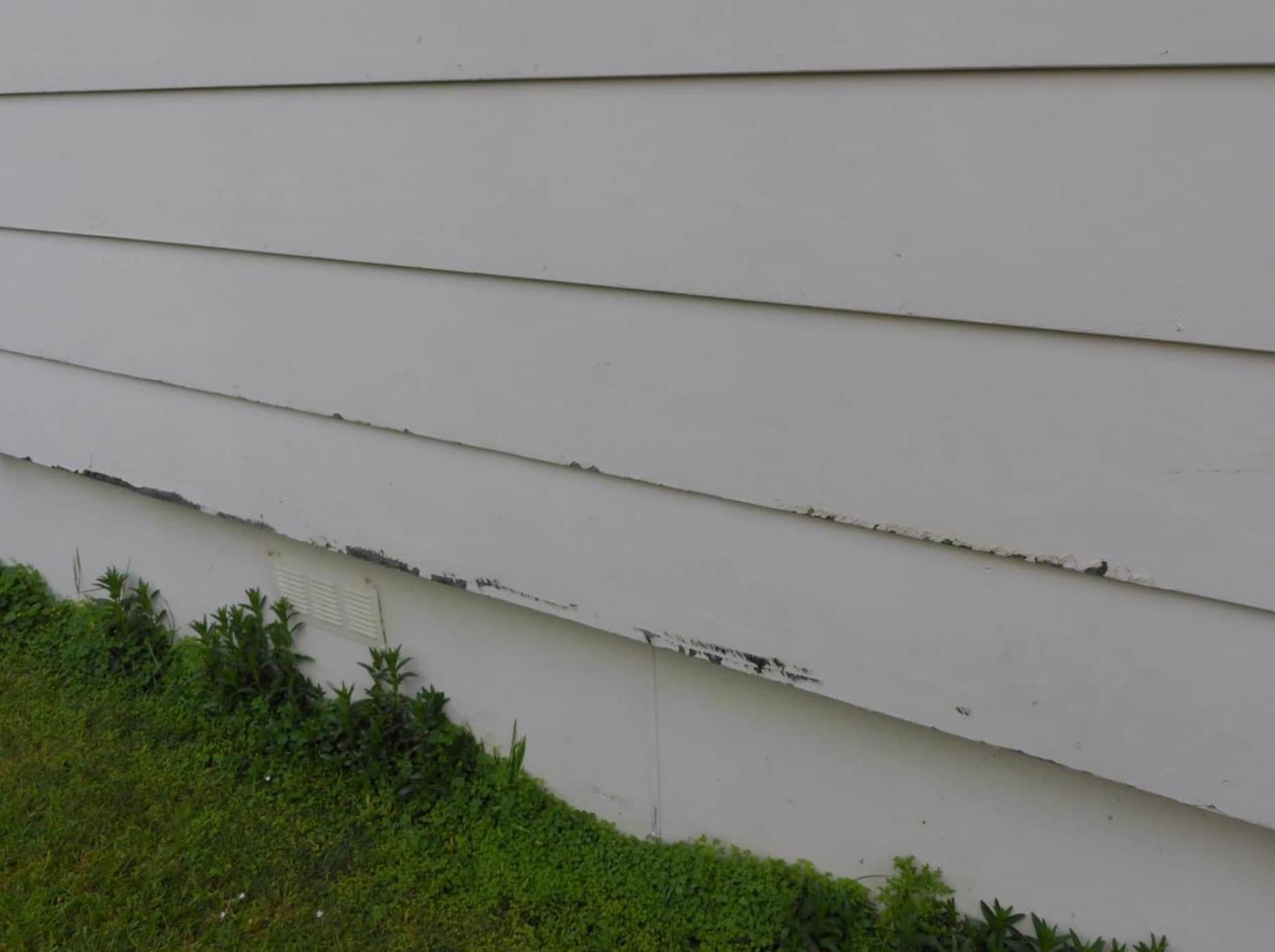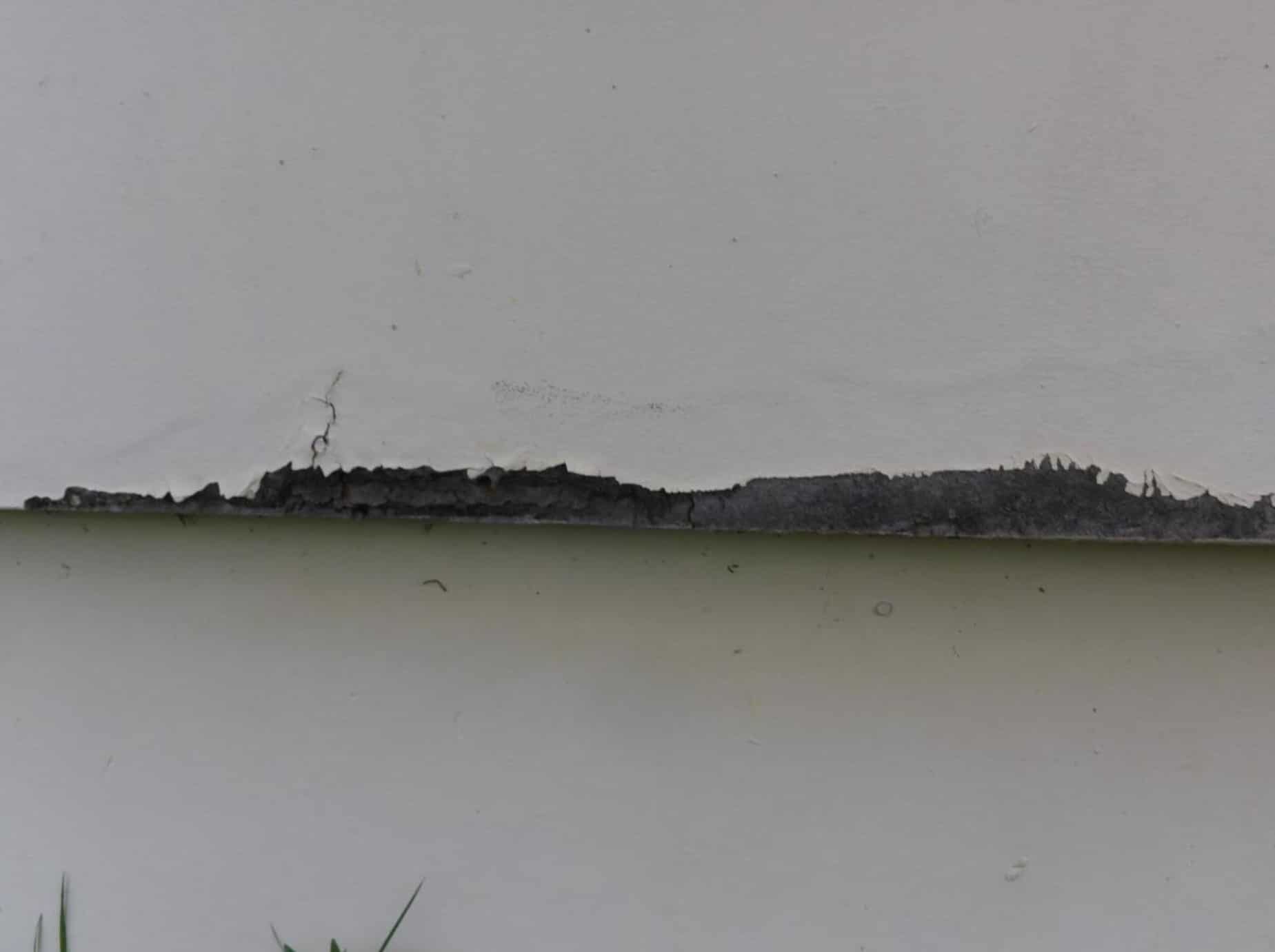Jim’s building inspections are still finding New Zealand homes and properties that have weatherside cladding today, which is deeply concerning. Our clients most often haven’t heard of weatherside, can’t identify it on their homes or know why its a problem. We aim to identify, assess and also help you to find the best solution.
What is Weatherside cladding?
Weatherside or weather side cladding material had the most use between 1975 – 1985. It is hardboard that has the wood fibres glued together, which in turn can cause issues when moisture gets in. Think about it like your kitchen cabinets and joinery with the edge tape glued on, if any water is left on the board, it will swell, crack and eventually delaminate over time. This will cause the board to be less resistant and lead to rapid deterioration. Weatherside is on the exterior of your property and left unchecked over time can allow moisture to penetrate through and rot your timber framing. The product is also known to turn to mush completely.
Note: It is quite often mistaken as a fibre cement weatherboard called Hardiplank.
When was Weatherside cladding discontinued?
The manufacturer of weatherside (Carter Holt Harvey) set up compensation packages to homeowners in the late 1980s and the product was discontinued. Subsequently, some of these properties were left without repairs and unsuspecting buyers would be left with the problems to fit the bill and deal with the nightmare expense of replacement costs.
So how do you identify it?
There are four main pillars identifying Weatherside cladding:
- It is slightly thicker than HardiPlank.
- The joiners between planks are metal, not plastic and wider than HardiPlank joiners.
- The nails are flush with the surface of the cladding rather than protruding.
- If there is any damage that allows you to see the base colour, look out for brown for Weatherside. HardiPlank is light grey.
Quoted from settled.govt.nz
What is the cost of recladding?
If you do need to reclad your house it can, depending on materials cost ten’s to hundreds of thousands of dollars. It is still a significant cost to reclad a section of your home especially if it has structural damage. A building inspection can save you unnecessary time and worry, protect your investment on the market and may make a bargaining chip as you can clearly state the condition of your property.
If you suspect that you have weatherside, feel free to contact a Jim’s local building inspector.


